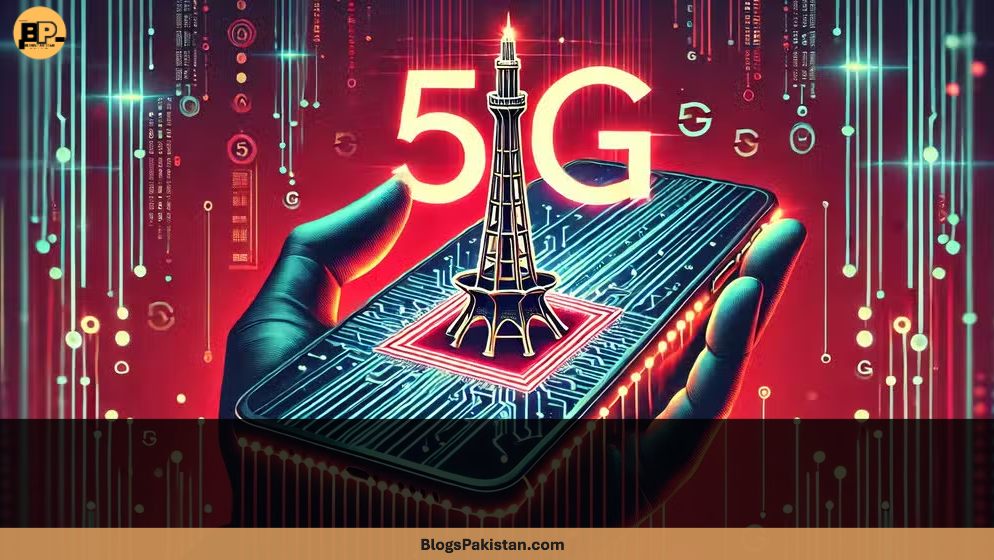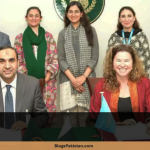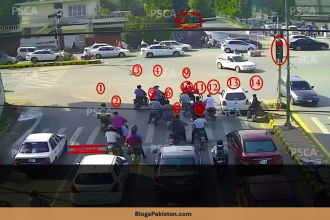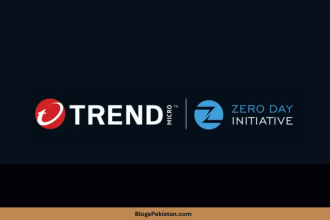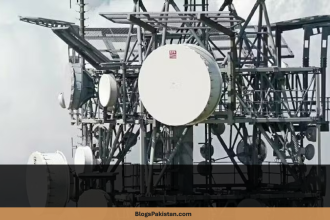Introduction: The Great Pakistani Buffering
If you’ve ever found yourself staring at a spinning loading Internet icon during a crucial Zoom meeting, you’re not alone. Internet woes are a national pastime in Pakistan (and honestly, our friends across the border in India understand the pain too). Behind those frozen screens and dropped calls, there’s a saga unfolding—one involving spectrum auctions, telecom mergers, court cases, and a cast of political and corporate heavyweights.
Today, we’re diving deep into why, even with 5G dreams on the horizon, Pakistan’s digital future is stuck on “buffering.” Spoiler: It’s not just about fiber optics; it’s also about fiery debates in parliamentary committee rooms.
What’s the Spectrum Fuss All About?
So let’s break it down. The Pakistan Telecommunication Authority (PTA) has reserved 500 MHz of spectrum for auction. Spectrum, in simple terms, is like invisible real estate that telecom companies need to provide you with blazing-fast 4G and 5G. But, as with any good desi drama, the story has twists: the auction is delayed.
Why?
- The acquisition of Telenor by Ufone is still pending, with more plot twists than a soap opera.
- Ongoing court cases have tangled up the spectrum’s fate.
Currently, only 275 MHz of spectrum is actually being used across Pakistan. That’s like having a fancy wedding hall and only using half the chairs—no wonder the party (read: the internet) feels cramped.
Who’s in the (Committee) Room?
This isn’t happening in a vacuum. The National Assembly’s Standing Committee on IT and Telecommunication, with figures like Chairman Syed Amin ul Haque, Federal Minister Shaza Fatima Khawaja, and a host of tech and security heads, are hashing it out. Their discussions range from why Baluchistan deserves better connectivity to who’s responsible when Panjgur goes offline.
It’s not just policy wonks—everyone from security officials to CEOs of PTCL, Universal Service Fund, and IGNITE are at the table. If you’re imagining a Game of Thrones-style roundtable (minus the dragons), you’re not far off.
The Ufone-Telenor Merger: Telecom’s Tug-of-War
A major subplot is the potential acquisition of Telenor by Ufone. This telco merger, if it ever gets off the ground, might reshape the digital landscape. But until there’s a decision, spectrum auctions are in limbo, and so is the quality of your next video call.
The Standing Committee has decided to revisit this hot potato in their next meeting. If you were hoping for a thrilling “will they-won’t they” finale, stay tuned. For now, we’re all watching reruns.
Why Fiber is the Backbone—But Not the Only One
Here’s a fact: Running 4G and 5G networks without reliable fiber cable is like trying to run a marathon in sandals. Chairman PTA himself confessed that internet issues won’t go away unless Pakistan beefs up its fiber infrastructure. Right now, the country’s using less than half the spectrum it could, and that’s causing dropped calls and spotty signals.
But wait, there’s more: Security issues (especially in places like Baluchistan), unresolved dues from LDI operators (more on that in a minute), and bureaucratic red tape are all slowing the march to a digitally connected Pakistan.
Digital Divide: Why Baluchistan and Rural Areas Lag Behind
Syed Amin ul Haque said it best—people in Baluchistan deserve to be part of the digital world. But security situations in certain districts make it tough to provide reliable broadband. The Ministry of IT, in collaboration with security agencies and the PTA, is trying to figure out where broadband can be safely rolled out, and where interruptions are, sadly, the norm.
The Universal Service Fund (USF) and Ignite are working overtime to bridge this digital divide, but the road ahead is long (and sometimes, literally unpaved).
The LDI Debacle: Billions in the Balance
Let’s address the elephant in the room. Long Distance and International (LDI) operators owe over Rs. 70 billion in dues since 2004. Four major telcos don’t want to pay in installments, and the PTA says it doesn’t have the authority to grant them that option. This deadlock means much-needed funds for infrastructure improvements are stuck in limbo.
A new four-member subcommittee will now try to sort out this mess. Will they succeed where others have failed? Only time—and perhaps a few more committee meetings—will tell.
The Real-World Impact: Call Drops, Coverage Gaps, and Cashless Concerns
It’s not just technical talk; ordinary Pakistanis are feeling the pinch:
- Call drops and slow internet are daily headaches, from Karachi to Quetta.
- Over 30% of the population in all four provinces lacks proper internet coverage.
- Internet shutdowns (like in Panjgur) disrupt not just Netflix binges but also education, business, and even government programs like the push for a cashless economy.
As the IT Minister points out, if connectivity issues aren’t solved, digitization is just a buzzword.
What Needs to Change?
1. Accelerate the Spectrum Auction:
Clear the legal hurdles and settle the telco merger drama. More spectrum = better internet for all.
2. Get Serious About Fiber:
Invest in the backbone infrastructure. Without fiber, even the fanciest 5G plans are useless.
3. Bridge the Urban-Rural Divide:
Prioritize broadband rollout in under-served areas, not just big cities.
4. Resolve the LDI Payments Standoff:
Get the money flowing, and use it to upgrade networks.
5. Tighten Quality Standards:
PTA should hold telecom companies to higher service standards. No more “money-making machines” at the expense of users.
6. Collaborate Across Agencies:
Security and internet access don’t have to be enemies. With the right coordination, both can be protected.
Conclusion: Can Pakistan (and India) Move Past Buffering?
The story unfolding in Pakistan’s digital sector is one of potential, politics, and persistent problems. With billions in spectrum at stake, mergers in limbo, and millions of users hungry for better connectivity, the stakes are sky-high.
But as these issues get tackled—hopefully with less delay and more action—there’s hope that one day, the only “buffering” Pakistanis will worry about is during their favorite cricket highlights, not their daily lives.

